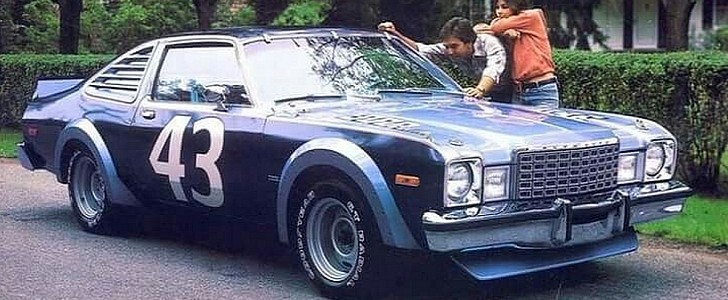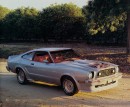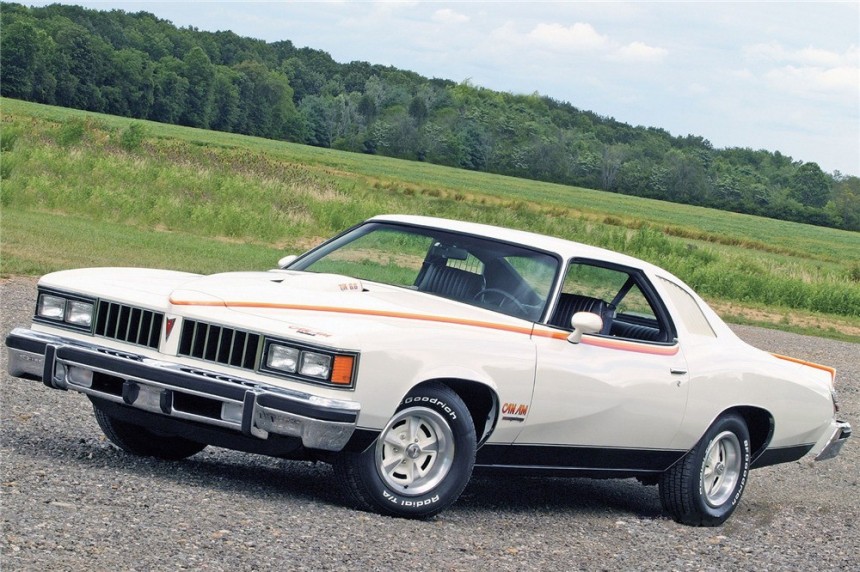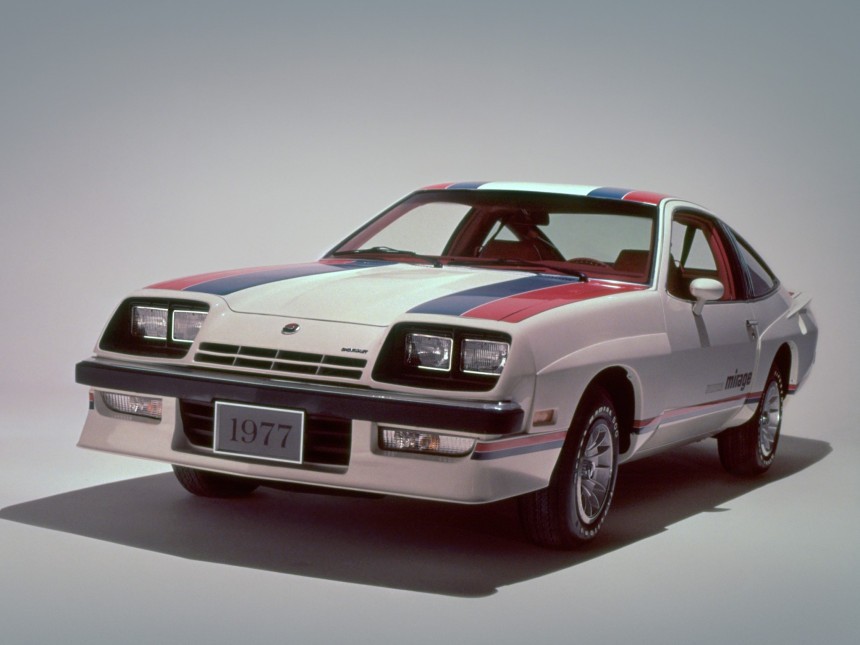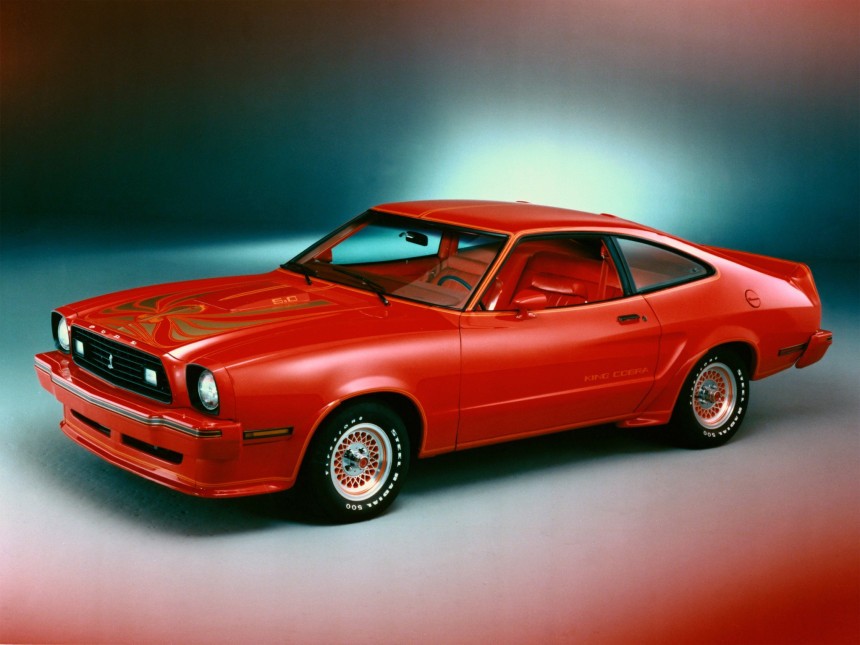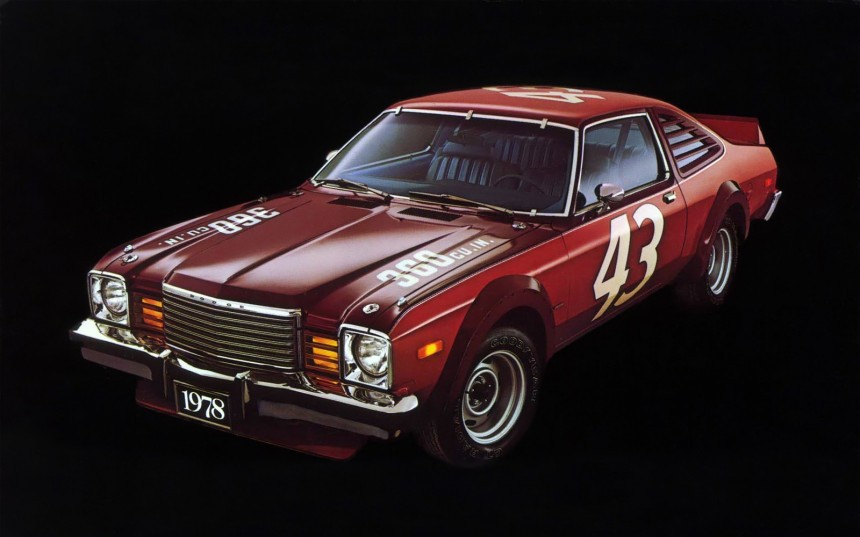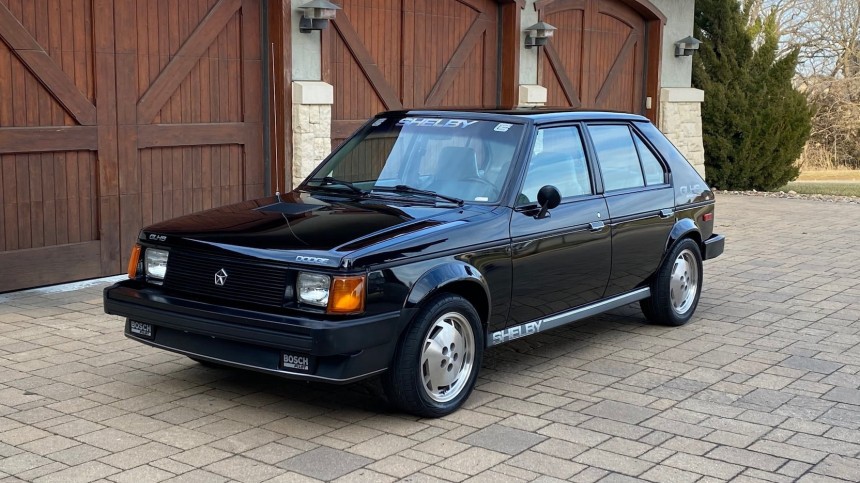Commonly defined as the period stretching from 1973 to 1983 (some argue that it continued into the 1990s), the Malaise Era was a very sad decade for the American car industry. The 1973 oil crisis and new fuel economy regulations killed off the gas-guzzling muscle car, while consumer taste shifted to more efficient compact vehicles.
As horsepower and performance figures went down, many iconic nameplates lost their appeal. The fact that most of them were also downsized in the 1970s didn't help either. But while American performance cars didn't move past the 200-horsepower mark until well into the 1980s, there are a few limited-edition Malaise-Era vehicles that are worth collecting in 2021.
The Ford Mustang SVO, Buick GNX, and the Pontiac Firebird Trans Am are three iconic examples, but I'm not going to include them in this list. This one's about the so-called "one-year wonders" that spent a very limited amount of time in dealerships.
Named after the Canadian-American (Can-Am) racing series, the Can Am was based on the LeMans Sport Coupe and featured a Trans Am shaker hood scoop and a ducktail rear spoiler sourced from the Grand Am All-American concept.
Put together by Motortown Corporation, the Can Am came with a 400-cubic-inch (6.6-liter) V8 good for 200 horsepower under the hood. Motortown installed kits on 1,377 cars before the mold used for the fiberglass spoiler broke, and production came to an end.
Can Am can be pretty expensive nowadays, with examples in pristine condition costing as much as $50,000.
Called the Mirage, the special-edition Monza was assembled by Michigan Auto Techniques. While Chevy's range-topping V8 for the Monza brought only 140 horsepower to the table, the Mirage had the right looks thanks to widened fenders, a red-and-blue stripe package, black headlamp surrounds, and unique decals.
MAT produced 4,057 kits, but not all cars were equipped with the optional V8. While Chevy Monzas are rather cheap, Mirage versions rarely pop up for sale and change hands for more than $15,000.
The visual package included a front lip spoiler, a rear decklid spoiler, and Trans Am-style Cobra decals on the hood, but the beefed-up 'Stang also came with a stiffer suspension, adjustable dampers, and a rear stabilizer bar.
Unlike the Cobra II of 1976, the King Cobra came with the 5.0-liter V8 engine as standard, but there was no additional power to enjoy. The mill delivered a very basic 139 horsepower. A King Cobra in Concours-ready shape costs more than $40,000.
The package honored iconic NASCAR racer Richard Petty and was supposed to make the Mopars look as much like a race car as possible.
The kit included tacked-on fender flares, spoilers, quarter-window louvers, hood pins and graphics, and window retention clips and straps. And, of course, both cars came with giant "43" graphics.
Powered by 360-cubic-inch (5.9-liter) V8 engines rated at 175 horsepower, the kit cars also came with stiffened suspension systems and unique color schemes. While the Aspen was finished in two-tone red, the Volare wore a two-tone blue suit. With less than 700 units built, these are among the rarest Mopars from the era.
These cars rarely come up for sale, but when they do, they tend to change hands for more than $15,000.
But when production of the Omni came to an end in 1986, Shelby bought the final 500 cars and took things up a notch with the GLH-S (Goes Like Hell S'more).
Revised at the Shelby factory and retitled as a Shelby vehicle, the GLH-S featured a turbocharged, 2.2-liter four-cylinder engine good for 175 horsepower, an impressive figure for a 1980s hatchback.
A second series was produced in 1987, this time around based on the Dodge Charger. Output was similar, but an available MOPAR Performance Stage II upgrade reportedly increased output to 205 horsepower. Charger GLH-S production was limited to 1,000 examples.
The GLH-S will set you back at least $15,000 in Good condition, but low-mileage examples are being auctioned off for more than $35,000 nowadays.
Granted, these cars were nowhere near as fast and powerful as the muscle cars from the golden era, but they were among the best vehicles Detroit had to offer at the time. And despite their disappointing performance figures, I think some of these cars are really cool as far as visuals go, and I'd take a Plymouth Volare kit car back home any day of the week. What's your pick?
The Ford Mustang SVO, Buick GNX, and the Pontiac Firebird Trans Am are three iconic examples, but I'm not going to include them in this list. This one's about the so-called "one-year wonders" that spent a very limited amount of time in dealerships.
1977 Pontiac Can Am
Introduced for the 1977 model year as a performance package for the LeMans, the Can Am's main purpose was, according to Pontiac marketing manager Jim Wangers, to revive the spirit of the iconic GTO.Put together by Motortown Corporation, the Can Am came with a 400-cubic-inch (6.6-liter) V8 good for 200 horsepower under the hood. Motortown installed kits on 1,377 cars before the mold used for the fiberglass spoiler broke, and production came to an end.
Can Am can be pretty expensive nowadays, with examples in pristine condition costing as much as $50,000.
1977 Chevrolet Monza Mirage
Introduced in 1975 to replace the Vega, the Chevrolet Monza remained in dealerships for only a few years, until 1980. But that was enough for the nameplate to spawn a race-inspired, one-year-only body modification package.MAT produced 4,057 kits, but not all cars were equipped with the optional V8. While Chevy Monzas are rather cheap, Mirage versions rarely pop up for sale and change hands for more than $15,000.
1978 Ford Mustang II King Cobra
Arguably the most iconic vehicle on this list, the Mustang II King Cobra was sold in 1978, the last year of the second-generation Mustang.The visual package included a front lip spoiler, a rear decklid spoiler, and Trans Am-style Cobra decals on the hood, but the beefed-up 'Stang also came with a stiffer suspension, adjustable dampers, and a rear stabilizer bar.
1978 Dodge Aspen Super Coupe / Plymouth Volare Kit Car
Much like the Chevrolet Monza, the Dodge Aspen and Plymouth Volare twins were short-lived. Launched in 1976, they were discontinued after the 1980 model year. In 1978, Chrysler introduced a new performance and trim package for both. These add-ons turned the Aspen into the Super Coupe and the Volare into the Street Kit Car.The package honored iconic NASCAR racer Richard Petty and was supposed to make the Mopars look as much like a race car as possible.
The kit included tacked-on fender flares, spoilers, quarter-window louvers, hood pins and graphics, and window retention clips and straps. And, of course, both cars came with giant "43" graphics.
These cars rarely come up for sale, but when they do, they tend to change hands for more than $15,000.
1986 Shelby GLH-S
Shelby may be known for its beefed-up Mustangs, but the shop also worked with Dodge in the 1980s. In 1984, Carroll took the small Omni and turned it into a 146-horsepower hot-hatchback called the GLH, short for Goes Like Hell.But when production of the Omni came to an end in 1986, Shelby bought the final 500 cars and took things up a notch with the GLH-S (Goes Like Hell S'more).
A second series was produced in 1987, this time around based on the Dodge Charger. Output was similar, but an available MOPAR Performance Stage II upgrade reportedly increased output to 205 horsepower. Charger GLH-S production was limited to 1,000 examples.
The GLH-S will set you back at least $15,000 in Good condition, but low-mileage examples are being auctioned off for more than $35,000 nowadays.
Granted, these cars were nowhere near as fast and powerful as the muscle cars from the golden era, but they were among the best vehicles Detroit had to offer at the time. And despite their disappointing performance figures, I think some of these cars are really cool as far as visuals go, and I'd take a Plymouth Volare kit car back home any day of the week. What's your pick?
